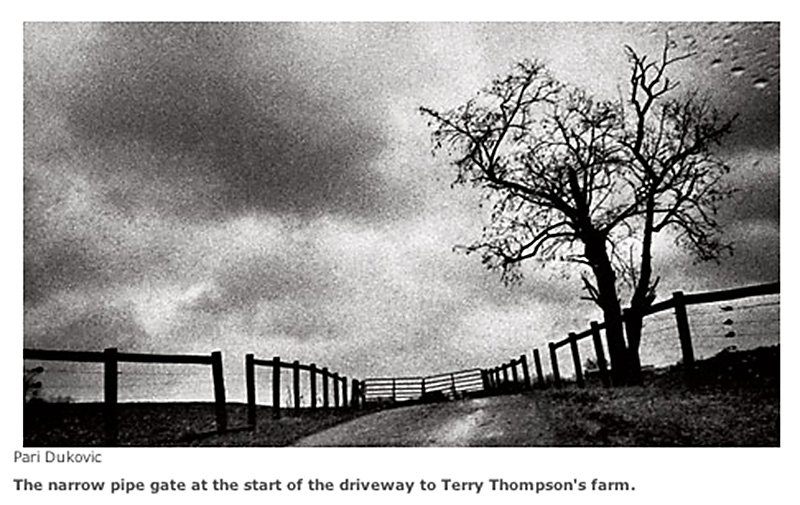What’s New? The Blog
Short and Sweet
Stereotypes can by funny.
Work-in-Progress
About once a year people in class respond to a rough cut spontaneously, instinctively.
The rough cut from the second assignment was due in Video Storytelling for the Web class this Thursday.The assignment was a story about a place.
This rough cut, shot by Kenny Christensen and Anika Anand and edited by Kenny Christensen, hooked the class this week. I even heard some subtle applause.
Awesome work Kenny and Anika …however, every story can be better so I’m psyched to see the fine cut in class next week.
Hip to be Square
I remember watching Hollywood Squares as a kid but it wasn’t nostalgia that caught my eye when I spied the NYTimes story about the MTV version (word) but that the crew in this photo was using DSLR’s to film footage for the show. That’s the same camera we’re using in class, the same camera that Frontline uses for their PBS documentary show, the same camera that fuels every video piece on the NYTimes.
It feels good to be hip for a change, at least in terms of the camera. OK, the camera doesn’t matter, it’s all about the story. But it’s good to know that we have the same gear as one of the hippest shows on MTV.
VIsual Storytelling
I was struck with the beautiful visuals in this story, shot by Rick Gershon , a staff producer at MediaStorm. You can see that Rick’s sequential shooting and his use of closeups make this a very powerful visual story.
You can watch a shorter version of the story and read a bit of the methodology of how they told the story at the MediaStorm site.
A Story with No Interview
Here’s a story with no interview (but a story that transmits an amazing amount of information). You’ll notice he used still pictures too.
America’s Dead Sea by Jim Lo Scalzo
winner of third prize in the 2012 World Press Multimedia Competition.
If you’d like to know more, click through to the story’s Vimeo page where there’s text to explain the rest of the story. I didn’t need it.
Watch what the judges say about the winners in the World Press Competition. Some great insights on storytelling and multimedia.
What scene will we see
I’m often complaining about 60 minutes because while they do great journalism, I’m not sure they do good tv; their mantra often seems to be “tell, don’t show.” But I thought they did a good job with a 60 minutes Overtime about Sanjay Gupta and Sal Khan . I even enjoyed it.
Why?
Yes, it has the requisite studio interview but what made it interesting is that there was a story and a scene that powered the story. Basically, Sanjay Gupta makes a video with Sal Khan. And they broke the typical network tv corespondent persona as the all knowing, all seeing expert. Gupta is a neurosurgeon but he admitted to being a little nervous about doing the video. The the arc of the piece is simple: we watch them record the video in a 2 camera shoot.
Present tense storytelling
this morning I was chatting with Andrew Devigal, the NYTimes Multimedia editor. He told me about judging the POYi contest for multimedia.
He also sent a link to one of his favorite pieces, Afrikaner Blood, the first video on this list.
He told me he thought the piece was near perfect, that he forgot he was watching a multimedia piece and that he wanted to see more. Check it out and tell me if you agree.

The sound of a single voice
Really nice radio story on Marketplace radio tonight, Alex Chadwick interviewing an American nuclear tech who was at the Daiichi Nuclear power plant.
There’s a great moment in this video too. I love how Chadwick just shuts up and listens to Carl Pillitteri as he unspools his amazing tale about what happened in the plant in the moments of the earthquake.

Cinematic non-fiction writing
Two examples of cinematic storytelling in a long form non-fiction story, both on the same story from Esquire and from GQ, both in the same month. Notice how details build the anticipation and power of the opening, especially in the Esquire piece. That’s one reason we shoot a lot of details in visual storytelling.

Stark powerful B&W photos by Pari Dukovic in the Esquire piece.





